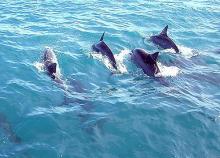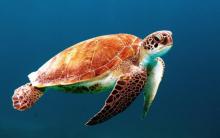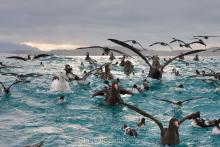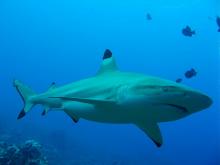Seabirds, sea turtles, sharks and rays, and marine mammals are the four species groups that are the focus of the BMIS. These species are incidentally caught in oceanic longline, purse-seine and gillnet tuna and billfish fisheries. Sharks are always treated as bycatch for the purposes of the BMIS, although they may be targeted or treated as an associated catch in some tuna fisheries.
ISSF provide a useful overview of the major commercial tuna species here.



